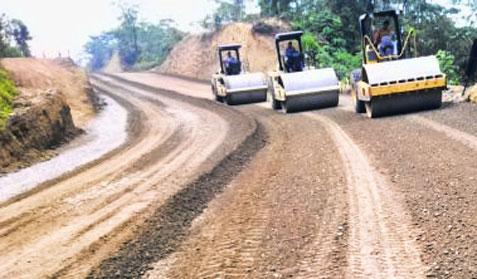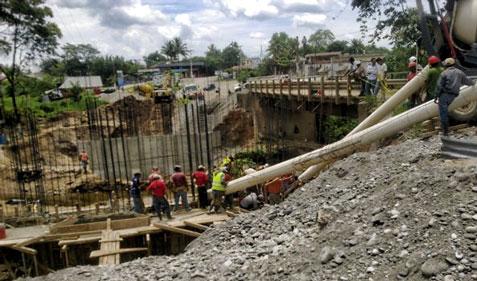CASO DE ÉXITO
La Transversal del Norte, a highway of more than 300 kilometers, is being built in Guatemala with the support of NComputing’s technology and three years have passed without a hardware problem.
SBI International Holdings is a multinational construction company headquartered in Israel. Its base in Central America is in Guatemala City, from which it carries out operations in El Salvador, Honduras and Belize. The company is currently responsible for the construction of the largest highway in Guatemala: La Transversal del Norte, 337 kilometers in length, which spans the country and will be completed at the end of November, 2013.

Jose Luis Rubio Callejas, general administrator of IT for SBI International Holdings, faced a challenge in implementing a network system. With eight hours of travel to the construction site and eight employees responsible for maintenance on a project of this magnitude, a search was initiated for a desktop virtualization system appropriate to the lay of the land and for future projects.
Thanks to a presentation demo by Smartech, the company learned the advantages of the L300 systems, their ease of operation and implementation, along with their low cost and minimal energy consumption. It was thus decided to hold a pilot test at the administrative seat, originally with two L300 units.
NComputing systems extend their value by improving on the typical structure of one user per virtual desktop to up to 100 users for each virtual machine. This represents a direct and positive impact on the operation costs and immediately lowers the price of support, maintenance and replacement of desktop machines.
Less than two months after the demo, SBI Holdings had already acquired 30 additional units to install along the length of the La Transversal del Norte project.
This project is spread out over four sites, connected to the central server located in the office, and with implementation at each site. All support is provided in a central manner, with eight employees total in the computer division.
At the sites, implementation is primarily carried out by operators, secretaries, and comptrollers located throughout the entire project.
“Thanks to NComputing, dependence on physical support and software has been reduced, and greater control over the use of machines has been achieved. Another benefit is the decline in electrical consumption at the sites, given that only power generators exist there,” remarks Jose Luis.
In the same way, savings in travel and relocation costs have increased considerably, “as in earlier times each maintenance mission required a day or two of travel to reach the stations, and now everything is centralized.”

“My technicians used to travel for preventive and corrective maintenance every month; now such visits are made every three months—and only to keep peripherals in working order,” notes Jose Luis.
“For administrators like ourselves, certain problems we once had with software and hardware have really been resolved; the advantage is that, when we discover some type of problem, we solve it for one machine and it applies to all,” Jose Luis asserts.
Going forward, the company has now budgeted for the implementation of more units from NComputing for new projects. “We are currently testing the new terminal with Citrix, the N400, and in truth it is going very well,” Rubio Callejas concludes.
Suggested reading




